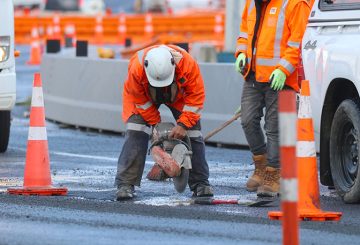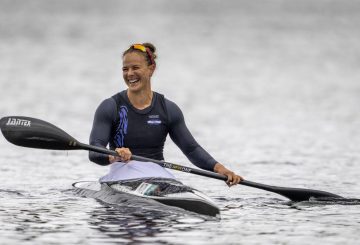로토루아 호수 의원들에 따르면 대기질 악화로 조기 사망하는 로토루아 성인의 수가 13년 만에 절반으로 감소하여 1억 달러 이상의 사회적 비용을 절감했다.
이러한 진전에도 불구하고 관리들은 대기 오염을 측정하는 새로운 방법이 이미 대기 질 개선을 위해 노력하고 있는 도시인 로토루아에 영향을 미칠 수 있다고 경고하고 있다.라이얼 서스턴 (Lyall Thurston) 시의원은 로토루아의 공기질이 북섬에서 가장 나쁜 편인데, 이는 주로 장작불 때문이라고 강조했다.더 깨끗한 난방 방법을 장려하고, 일부 버너를 제거하고, 규칙을 준수하지 않는 버너를 식별하는 기술을 사용하기 위한 조치가 취해졌습니다.
Toi Te Ora Public Health의 그레고리 에반스 박사는 대기 오염이 모두에게 영향을 미치지만 일부 사람들은 더 위험하다고 말했습니다.단기간 노출은 천식과 같은 상태를 악화시킬 수 있고, 장기간 노출되면 심혈관 질환을 유발할 수 있습니다.2022년의 한 연구에 따르면 2016년 인간에 의한 대기 오염으로 뉴질랜드에서 3300명의 성인 초기 사망자가 발생한 것으로 나타났습니다.로토루아에서는 이러한 사망자가 2009년 40명에서 2022년 19명으로 감소했습니다.
지역 의회의 매리언 헨튼 (Marion Henton) 은 2008년의 자발적 접근 방식에서 지금은 오염이 심한 오염원에 초점을 맞춘 보다 엄격한 접근 방식으로 전환한 것에 대해 설명했다.올해에는 규정을 준수하지 않는 버너를 사용하는 사람들에게 처음으로 벌금이 부과되었습니다.
하지만 Henton은 잠재적 문제를 강조했습니다.국가 대기질 기준을 검토 중입니다.제안된 변경 사항은 PM10에서 PM2.5 입자로 초점을 옮길 수 있습니다.목재 연기가 대부분 PM2.5라는 점을 감안하면 이러한 변화는 로토루아 같은 도시에 큰 영향을 미칠 것입니다.
그녀는 또한 주택 소유주들이 규정을 준수하는 버너로 전환할 수 있도록 돕기 위한 시의회의 노력에 대해서도 언급했다. 대다수는 무료로 교체품을 제공했다.시의회는 새 기준이 확정된 후 목표를 조정할 계획입니다.




























































